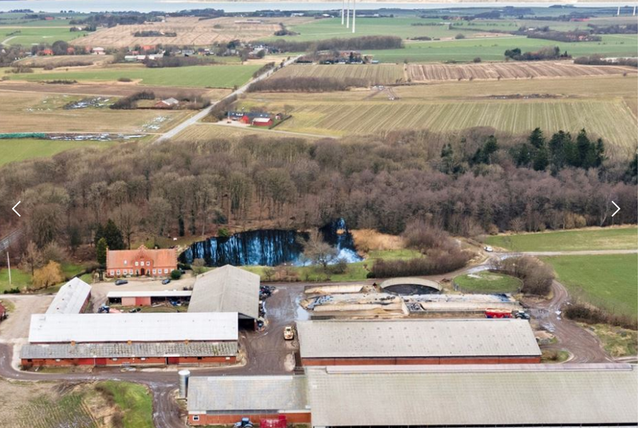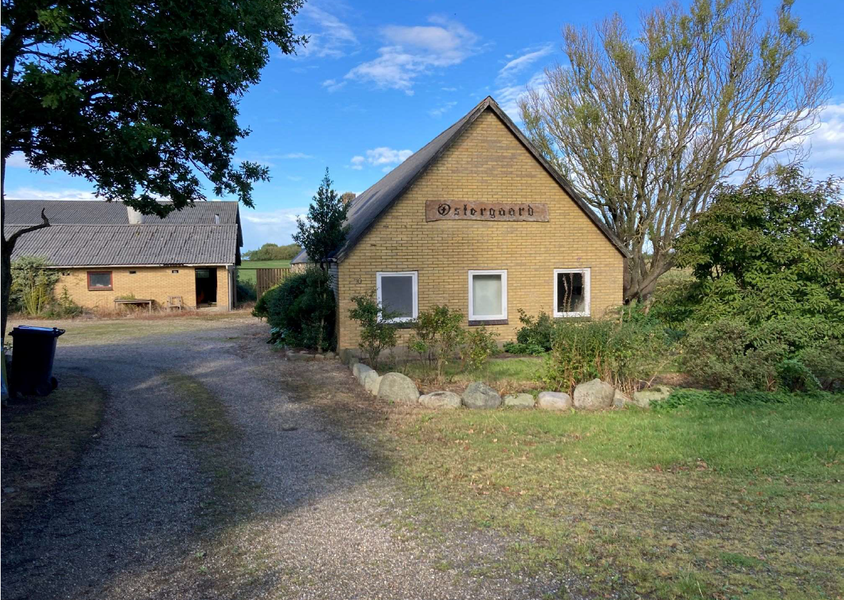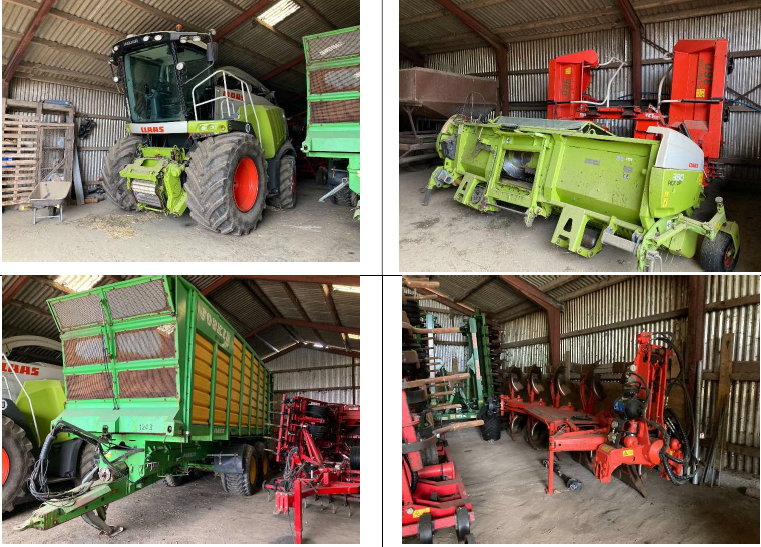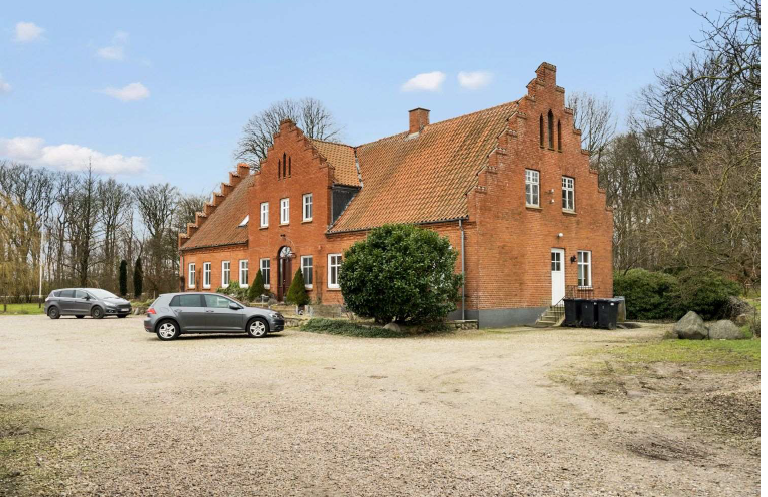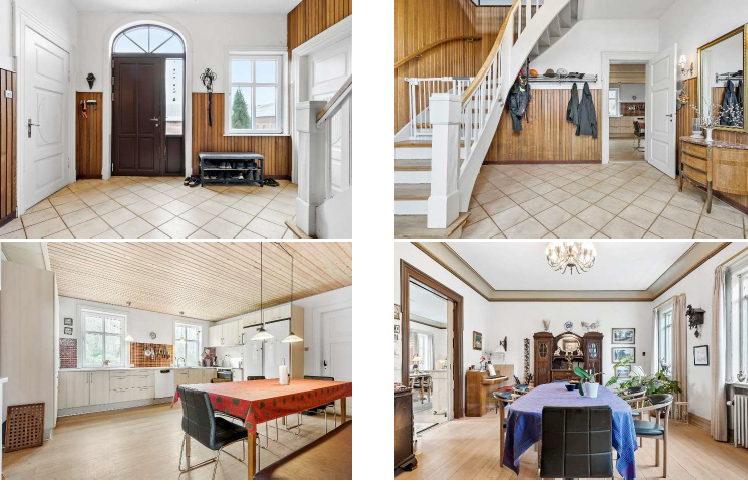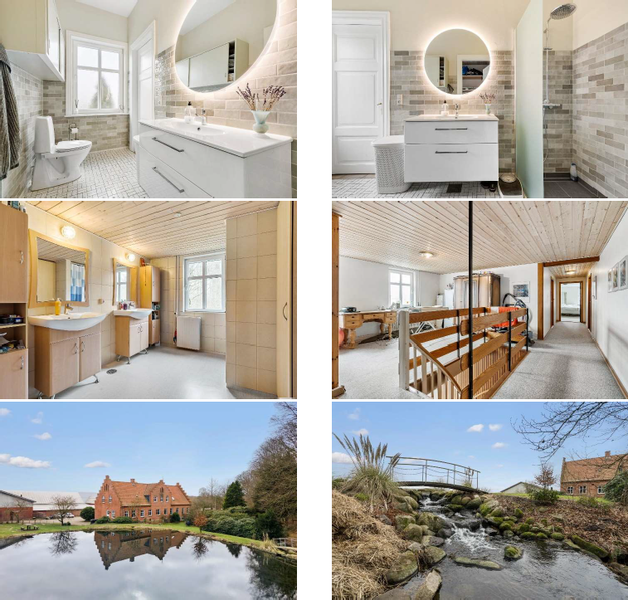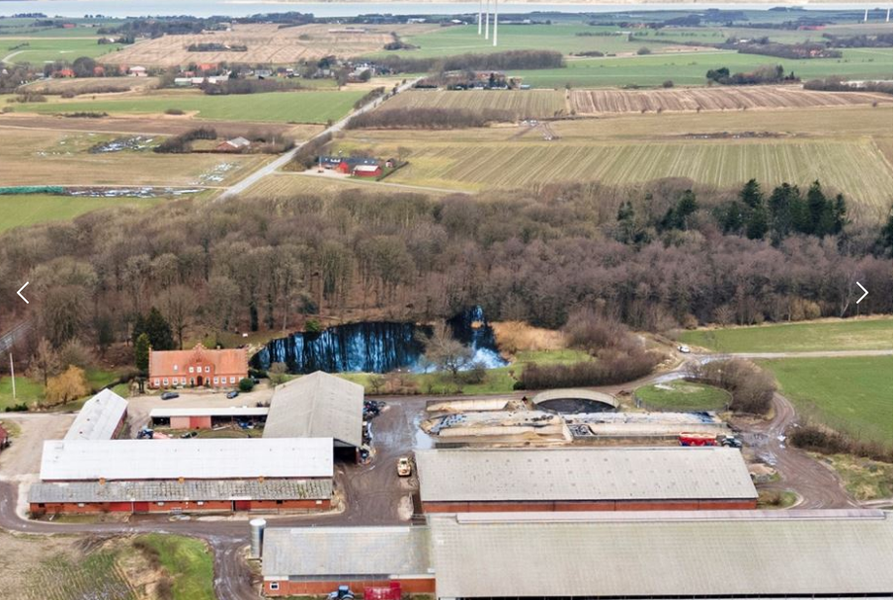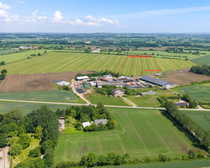Dairy farm located on Mors.
Mors, Denmark
Characteristics
Characteristics
Description
Ejstrup is the main building of a dairy farm with approximately 400 dairy cows with full breeding and 302 hectares of fertile clay soil. The farms are beautifully located in the western part of the island of Mors. The company consists of 4 properties, two of which are used for animal production. The herd consists of SDM cows with an annual yield of approximately 12,000 kg ECM, with 3 daily milking sessions. There are 6 employees who also partly work the land with a modern machinery park, including a chopper.
Location
The dairy farms are located on Mors, in the western part of the island, and enjoy a beautiful natural environment.
Land
The total plot covers 302 hectares, of which 252.65 hectares is arable farmland. In addition, there are 16.7 hectares of forest, 3.4 hectares of natural/forest area, and 9 hectares of beach meadow. The soil varies from JB 4 to predominantly strong JB 6 soil.
Buildings
The main location, called Ejstrup, consists of various buildings, including barns for milk production, calves, and dry cows. There is also a feed barn, a machine room, and a residential house on the premises. At the other locations, called Østergaard and Visagergaard, there are also barns and associated facilities.
Residence
The main building at Ejstrup is an impressive manor house with an area of 334 m2, spread over 2 floors and a basement of 100 m2. The house has high ceilings, a hall, a spacious living room, and a recently renovated bathroom. At Østergaard and Visagergaard, there are also residences, which are partly rented out to employees.
Livestock
The dairy farm has approximately 400 dairy cows of the SDM breed, with an annual yield of 12,000 kg ECM. In addition, calves and young stock are kept at the various locations.
Machinery
The company has a modern machinery park, including a chopper, for managing the land and milk production. There are also various storage facilities for feed and manure, as well as equipment for milking and feeding the animals.
We strive to contact you within 48 hours.
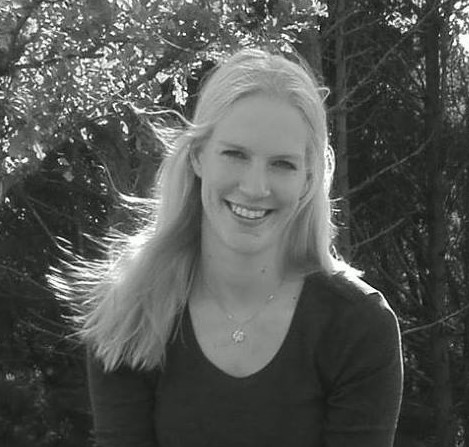
Denmark
Denmark is a country located in Northern Europe. It occupies most of the Jutland Peninsula and several islands, including Zealand, Funen, Lolland, Falster, and Bornholm. Denmark borders Germany to the south and is surrounded by the North Sea to the west and the Baltic Sea to the east.
Population
With an estimated population of approximately 5.8 million people, Denmark is one of the smaller countries in Europe in terms of population size. The capital and largest city of Denmark is Copenhagen, located on the island of Zealand, and it has about one and a half million inhabitants. The population of Denmark is generally very prosperous and enjoys a high standard of living. Currently, over 80% of the population lives in cities, and this number is expected to increase due to industrial growth. Most Dutch agricultural families live on the Jutland Peninsula. The Danes have a positive attitude toward the Dutch, especially because they integrate well.
Currency
The official currency of Denmark is the Danish krone (DKK). One krone is divided into one hundred øre. The Danish krone is used for all financial transactions in the country, and its exchange rate against other currencies is determined by financial markets.
Social affairs
Denmark is renowned for its comprehensive social security system, which focuses on the well-being of all citizens. The social system includes social assistance, healthcare, unemployment benefits, elderly care, and educational support. This extensive system contributes to equality and social cohesion in Danish society.
Education
The education system in Denmark is of high quality and offers equal opportunities for all children. It is based on a combination of public and private schools, with public schools being free and private schools often providing additional educational offerings. The education system includes preschool, primary school, secondary education, and higher education, with options for both academic and vocational training.
